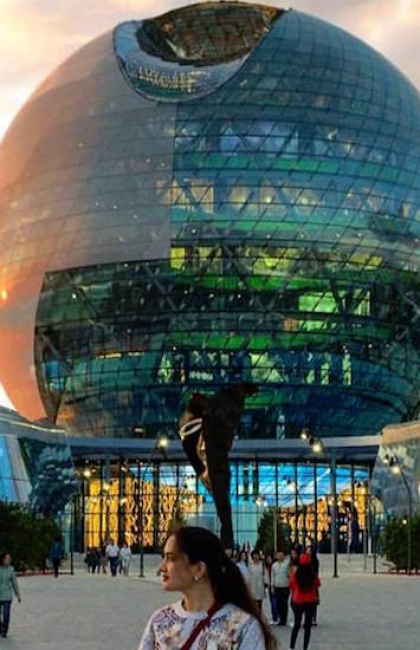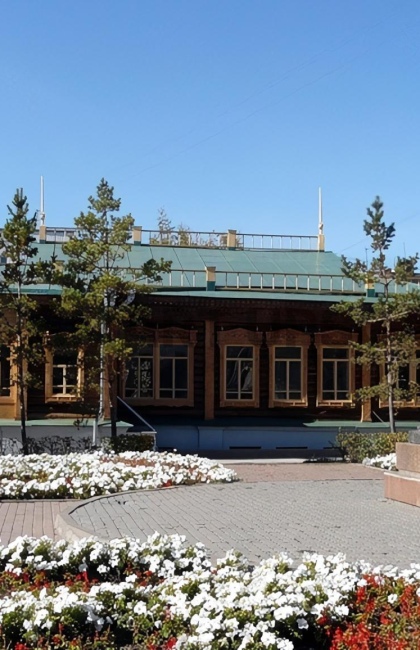Botanical Garden
Astana is becoming increasingly greener every year, with new parks, squares, and alleys appearing in different areas. One of the most impressive additions to the city is the Botanical Garden, which is considered the largest of its kind in Astana.
The idea of creating a Botanical Garden in Astana had been around for a long time. The location chosen for the garden was in a rather deserted area near the Astana Arena stadium, but today it has become a prestigious neighborhood full of residential complexes. The first seedlings were planted in 2012 during a community work day that was attended by the townspeople and President Nursultan Nazarbayev. The planting proceeded gradually and the garden was opened to the public in 2018, timed to coincide with the 20th anniversary of the city.
A great place to train
The Botanical Garden covers an area of approximately 90 hectares (222 acres), with 90,000 trees and shrubs from Asia, Europe, and North America growing there. The garden boasts a variety of trees including lindens, oaks, apple trees, and mountain ash. In the spring, when the trees bloom, the garden is particularly beautiful.
The Botanical Garden is a popular spot for cycling and jogging, with 11 km (6.8 mi) of bike paths and almost as many paths for joggers. The main entrance is located on Turkistan Street, and it is decorated with an arch. A bridge over an artificial pond with fountains is located a little further from the entrance. In the center of the garden is a large pond with fountains. Four alleys diverge from the center of the garden to the corners.
Taikazan Fountain
The Botanical Garden is also home to the largest fountain in Astana, called «Taikazan». The fountain is a composition of a large copper bowl with several circles of fountains around it. In the summer, a light and music show is held here, and the fountain is equipped with a fog machine. The original Taikazan is a significant cultural artifact located in the Mausoleum of Khoja Ahmed Yassawi in Turkistan. The cauldron, made in the summer of 1399 by a skilled craftsman from Tabriz (which was a vital transit point on the Great Silk Road and is now located in Iran), served an essential role in religious ceremonies.
A collection of tropical plants
The greenhouse of the Botanical Garden is another must-visit spot. It contains tropical plants that would not normally survive the harsh climate of Astana. The greenhouse consists of two buildings, with more than a thousand tropical plants in the first building, including palm trees, lemons, oranges, ficuses, and dracaenas. The second building is home to more than 200 species of cacti.
How to get there?
The Botanical Garden is accessible via several bus routes, including #10, 12, 18, 37, 47, 51, 53, 60, 301, 302, 303, 308, 309, 801, 802, and 804. For the most convenient access, visitors are recommended to use bus #47, which stops on the garden's eastern side. It's worth noting that the western side is fenced and lacks parking facilities, so visitors are advised to plan accordingly.


 (1)_420x650_4ab.jpg)
_420x650_4ab.jpg)

_420x650_4ab.jpg)